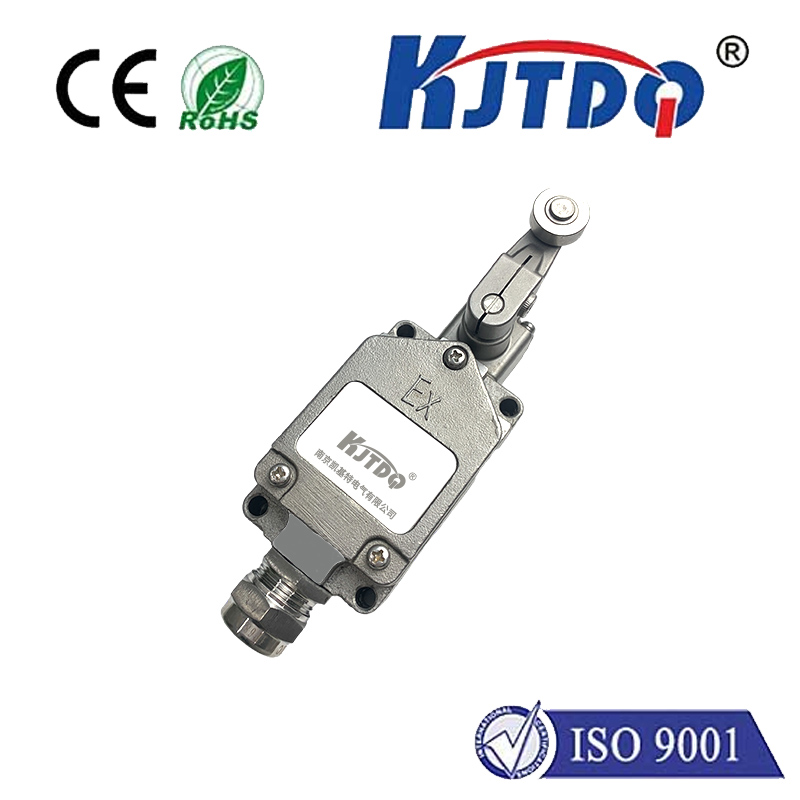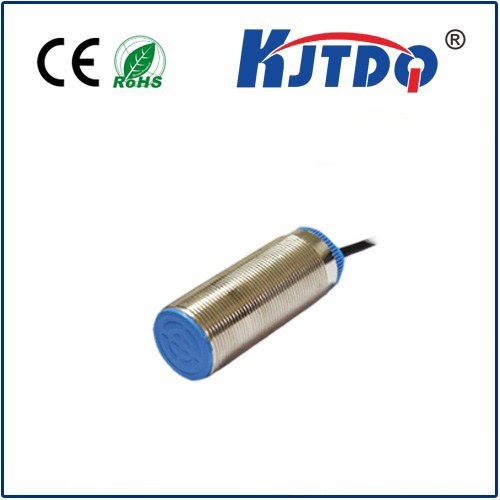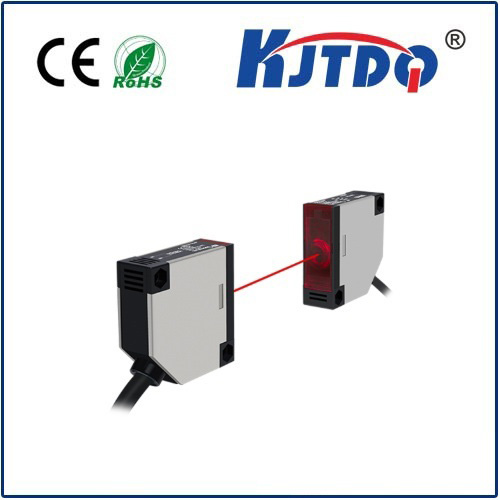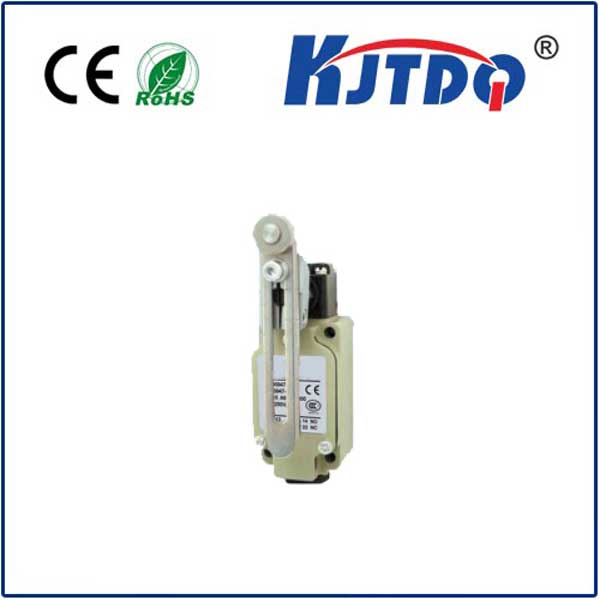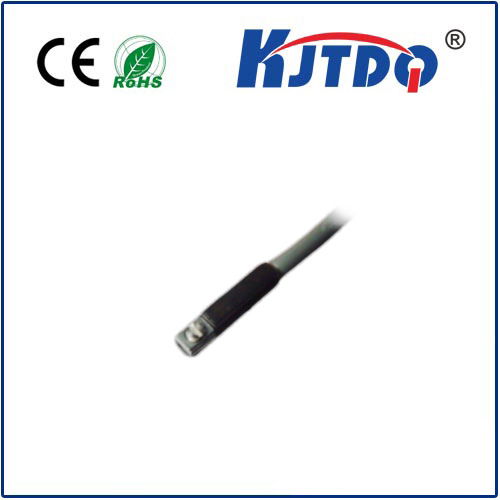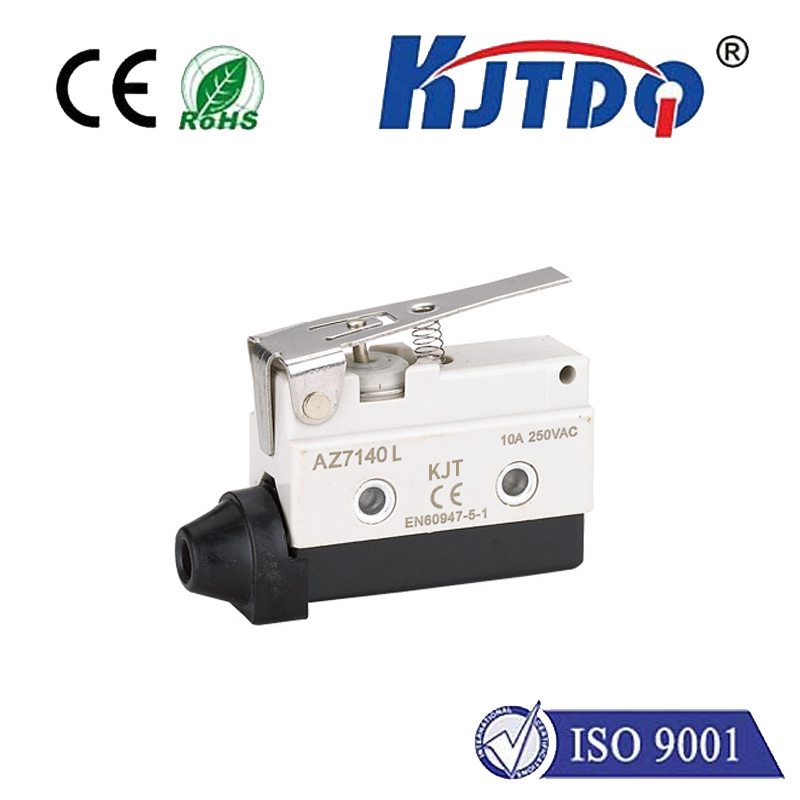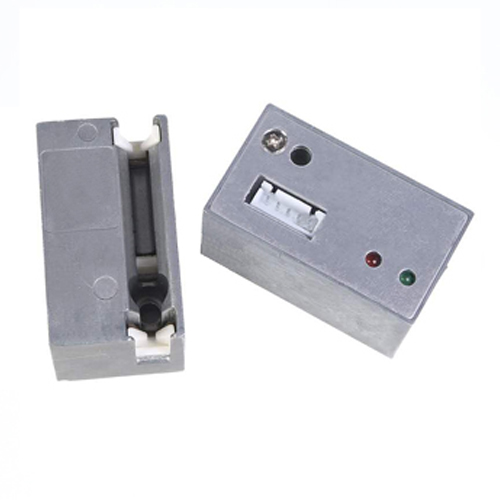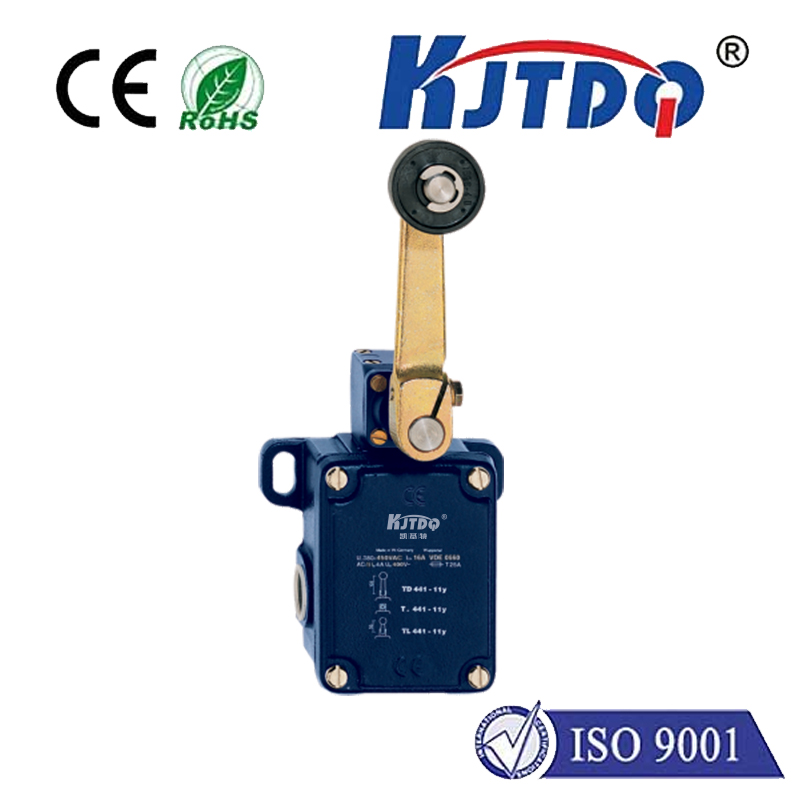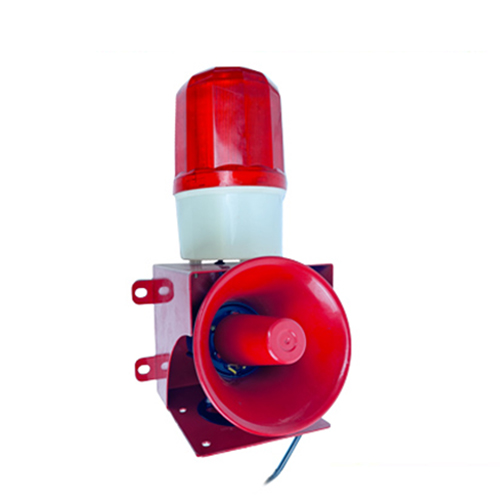

check

check

check

check

check

check

check

check

check

check
In the relentless pulse of modern industry, where machinery operates around the clock and efficiency is paramount, reliable sensing is non-negotiable. Enter the 220V AC Proximity Sensor, a robust and vital component engineered to thrive directly on standard industrial power. These sensors bypass the need for complex auxiliary power supplies, offering a straightforward, rugged solution for detecting the presence or absence of metallic objects in demanding environments. Understanding their operation, advantages, and key applications is crucial for optimizing automated systems.
Imagine a scenario: A sprawling manufacturing line where heavy metal components zip along conveyor belts, robotic arms pivot with precision, and presses stamp out parts at high speed. Sensing the position of these components accurately and reliably is fundamental to safety, timing, and process control. This is where the inductive proximity sensor, specifically designed for 220V AC operation, becomes indispensable. Unlike lower-voltage DC sensors requiring separate power conversion, these units connect directly to the ubiquitous 220V AC mains or industrial power circuits, simplifying wiring and reducing installation complexity.
The core principle revolves around electromagnetic induction. Inside the sensor, an oscillator generates a high-frequency electromagnetic field emanating from the sensing face. When a ferrous (iron-based) or non-ferrous (like aluminum, brass, copper) metallic target enters this field, eddy currents are induced within the target material. This interaction draws energy from the oscillator circuit.

The sensor’s internal circuitry meticulously monitors the oscillator’s amplitude. A significant drop in amplitude signals the presence of a qualifying target. This change triggers the output switching element – either an electromechanical relay or, more commonly in modern AC sensors, a solid-state AC switch (like a Triac) – connecting or disconnecting the 220V AC load circuit. Crucially, this detection happens without physical contact, eliminating wear and tear and enabling high-speed operation.
Choosing sensors powered directly from the AC mains offers distinct benefits in industrial settings:
While powerful, selecting the right 220V AC Proximity Sensor requires attention to detail:
Sn) is critical. Choose a sensor with sufficient range to account for installation tolerances and target variations. Always derate Sn for non-ferrous targets.I max.) exceeds the current draw of the connected load (lamp, coil, relay). Exceeding this rating damages the output switch.The 220V AC Proximity Sensor finds its home in numerous demanding sectors:
For optimal performance and longevity, proper installation is key. Mount the sensor securely using suitable brackets. Ensure the target approaches the sensor face perpendicularly within its specified operating zone. Maintain adequate clearance from surrounding metal objects to prevent false triggering (side and flush mounting capabilities offer solutions for tight spaces). Finally, always refer to the specific manufacturer’s datasheet for absolute ratings and installation guidelines. Regular visual inspection and functional checks should be part of preventative maintenance routines.
The 220V AC Proximity Sensor stands as a testament to practical engineering. By harnessing the simplicity and ubiquity of mains power, it delivers robust, reliable, and non-contact detection exactly where demanding industrial automation requires it most. Its ability to directly interface with high-voltage control circuits makes it an indispensable workhorse, silently ensuring the smooth, efficient, and safe operation of machinery across countless factories and production lines worldwide. When durability, simplicity, and direct AC power compatibility are paramount, these sensors remain an exceptionally compelling choice.
